Quan Ba In Ha Giang
You’re probably already familiar with Quan Ba, one of the districts of Ha Giang and a beautiful stop on the Ha Giang Loop. Approximately 46km north of the Ha Giang city center, Quan Ba district offers you the opportunity to experience fresh air at an altitude of 1000m above sea level and immerse yourself in majestic nature. Quan Ba in Ha Giang is sometimes referred to as a miniature Dalat, with cool weather year-round and multiple sites and attractions that are worth a visit. Quan Ba is also home to 22 ethnic groups each with special customs, traditions, and beliefs, creating a uniqueness that not many places can offer. So if you want to stop by this picturesque district on your way in the Ha Giang Loop but you’re not quite sure what to do and see yet, stick around!
Quan Ba Heaven’s Gate
This is a famous attraction situated about 43 km from the city of Ha Giang, with an elevation of over 1500m. The Quan Ba Heaven's Gate is situated between two mountain peaks and marks the beginning of national route QL4C, aka the "Happiness Road". The Heaven's Gate is perfectly located, it’s where you can enjoy a panoramic view of the Northwest mountainous region and a distant view of the ethereal silhouette of the Twin Mountains shrouded in mist. On the summit, the clouds and mist blend, creating a scenery resembling a fairyland.
Ha Giang is renowned for its unique and scenic mountain passes. To reach Heaven's Gate, you have to go through winding, twisting roads with sharp curves and bends, navigating through the challenging terrain, with rocky mountain ranges on one side and bottomless cliffs on the other. For safety, choose to visit the Heaven’s Gate on sunny days to avoid rain and fog, as the road can become slippery.
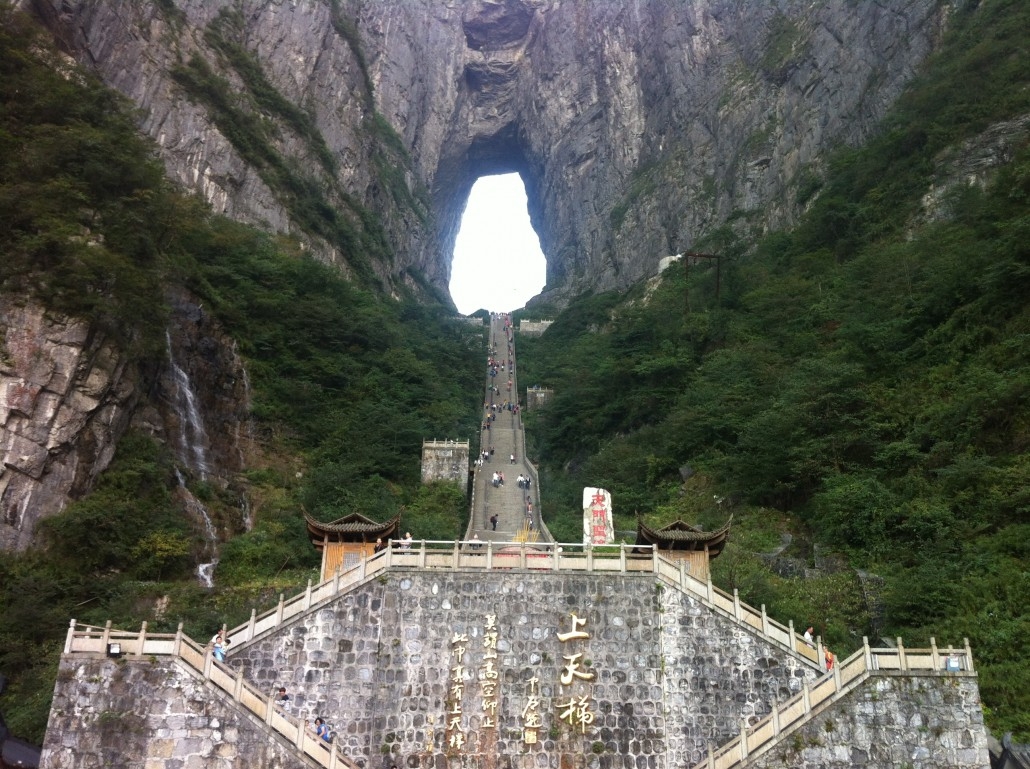
Quan Ba Twin Mountains
The Twin Mountains of Quan Ba, also known as the Fairy's Breast Mountains, are two peculiar peaks that stand amidst the rocky terrain and terraced rice fields.
The Quan Ba Twin Mountains are associated with a fascinating story passed down through generations of the local ethnic communities. Legend has it that in ancient times, there was a handsome H'mong man with a talent for playing the mouth organ. The enchanting melody of his music captured the heart of a celestial fairy named Peach Blossom from the upper realm. Smitten by the young man, she found a way to stay in this land. They became husband and wife, blessed with the birth of a charming baby boy.
When the Jade Emperor discovered Peach Blossom's escape to the mortal world, he became furious and sent someone to bring her back. Left alone to raise their child, struggling with the challenges of single parenthood and the baby's lack of mother's milk, Peach Blossom left her own pair of breasts in the lower realm for the child. These breasts nourished the child, who grew into a healthy boy. Eventually, they transformed into two mountain peaks.
These twin peaks are known as the Quan Ba Twin Mountains or Fairy's Breast Mountains. Thanks to the milk of Peach Blossom, the region enjoys a cool climate, fragrant fruits, lush vegetables, and thriving crops. The tears shed for her husband and child turned into the vibrant Mien River, flowing gracefully, embracing the rugged land behind the legendary Heaven's Gate.
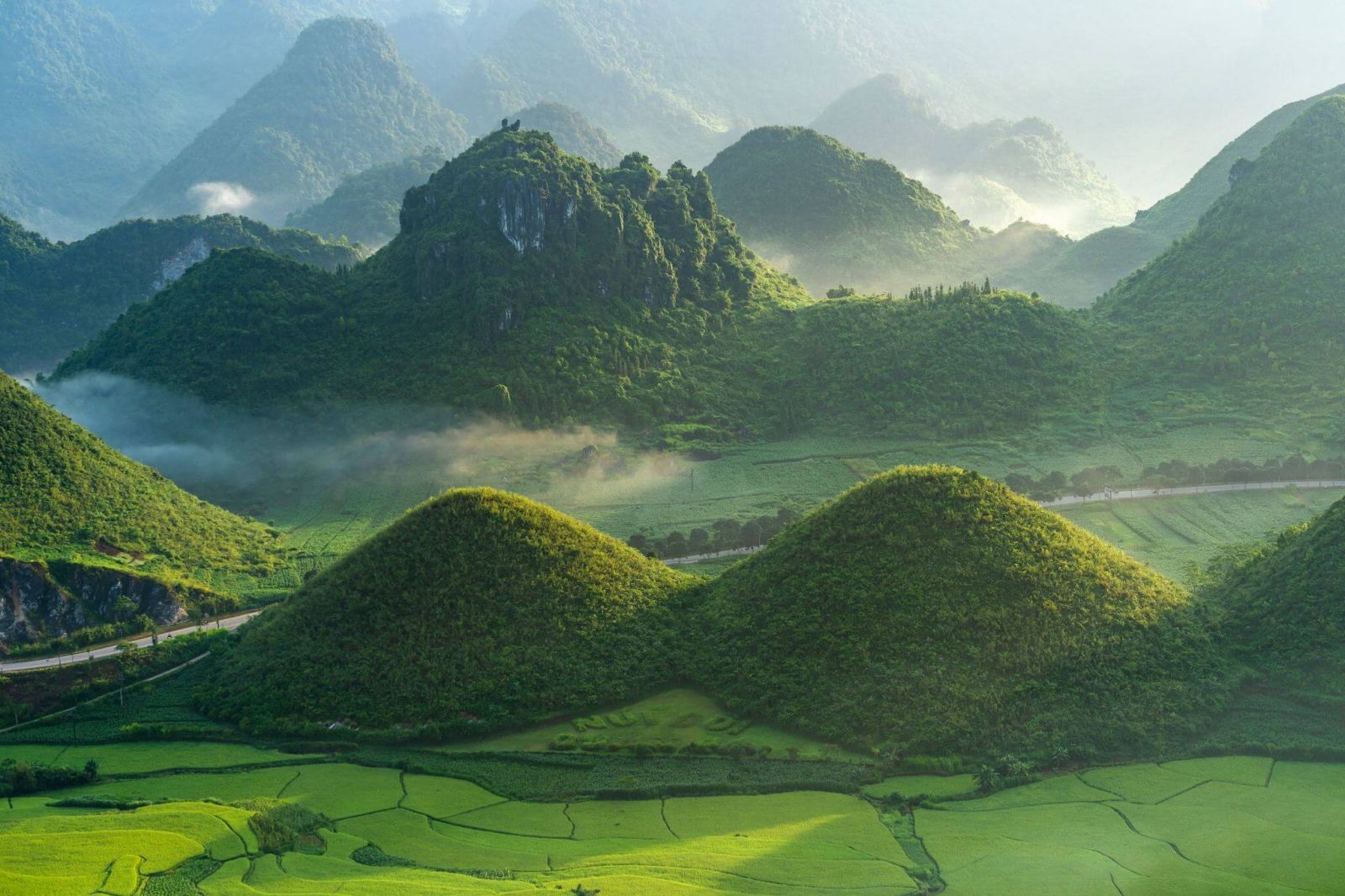
Local villages
When visiting Quan Ba in Ha Giang, stop by Nam Dam community tourism village, located in the Tam Son town, Quan Ba commune. Visiting Nam Dam, you'll feel like stepping into a tranquil, pristine land, away from the hustle and bustle of urban life. In the distance, there are majestic mountain ranges, lush forests, and hills shrouded in clouds. Up close, you'll encounter winding village paths, vibrant green cornfields, adorable Dao children and rustic trinh tuong houses. Nowadays, many families have turned these houses into homestays, contributing to the development of tourism. You can also learn about long-standing traditional ceremonies, such as the Cap Sac Festival, a rite of passage ceremony where boys aged 13 transition to being men. The village provides an opportunity for travelers to immerse themselves in the peaceful and secluded atmosphere, enjoying the simplicity of rural life and experiencing the cultural richness and traditions of the Dao Cham people.
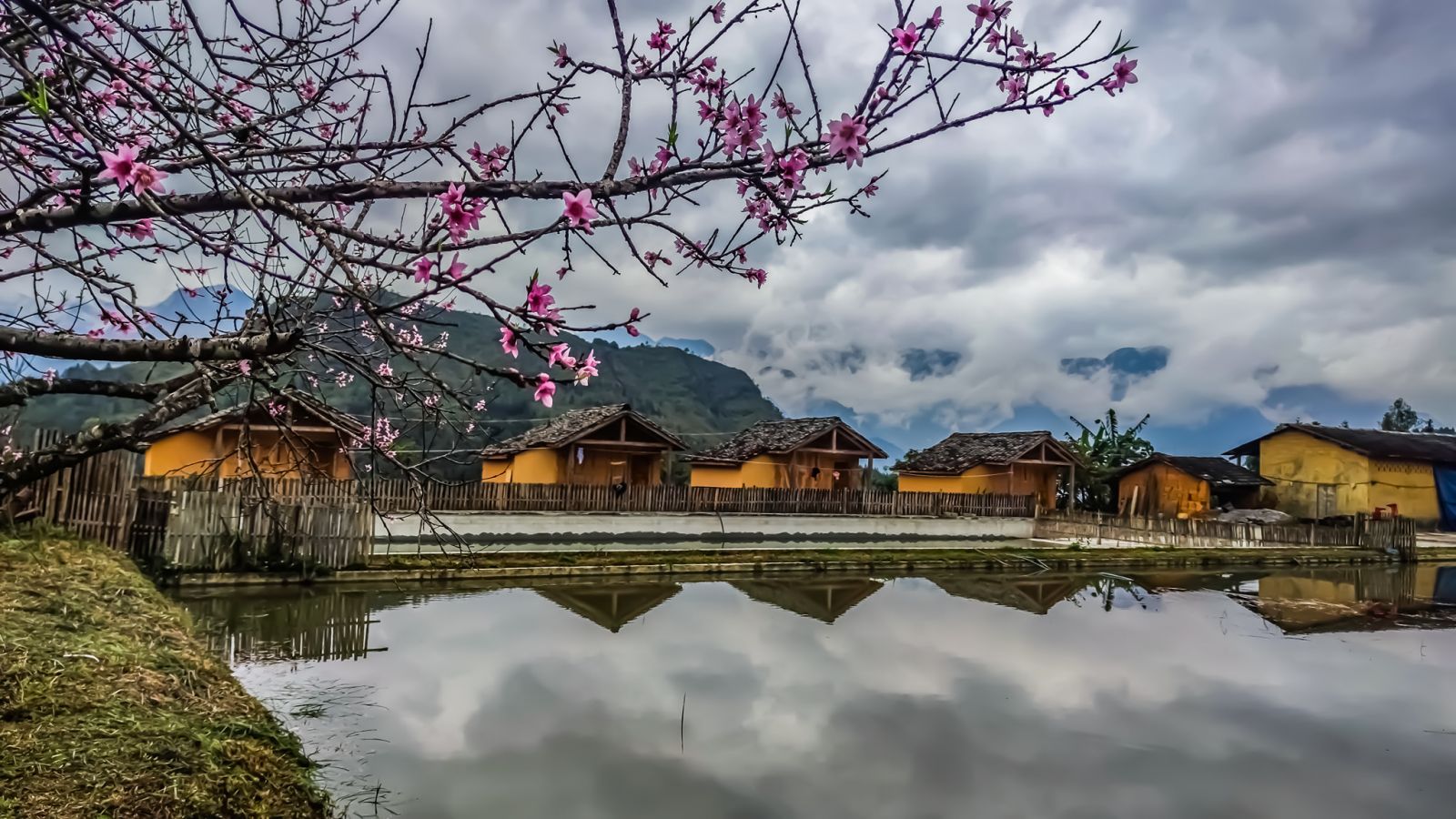
Another village that’s worth a visit is Lung Tam village of the H’Mong people, one of the longest standing traditional craft villages in Vietnam, specializing in linen weaving. The H’Mong believe that the linen thread is the connection between the spiritual world and their ancestry. It is said that when someone passes away, they need to be buried in a linen outfit so that they can find their way back to their ancestors and so that their ancestors can find them. They also believe that a H’Mong woman, after being married, needs to have a linen outfit with her when she moves into her husband’s house, so that his ancestors would accept and give her their blessings. Linen weaving has extraordinary cultural significance and has become a generational source of income for the H’Mong people. If you ever have the chance to visit Ha Giang, stop by this traditional craft village and pick up one of the products to take home with you. This is a great way to directly support local businesses and keep the beautiful culture alive for years to come.
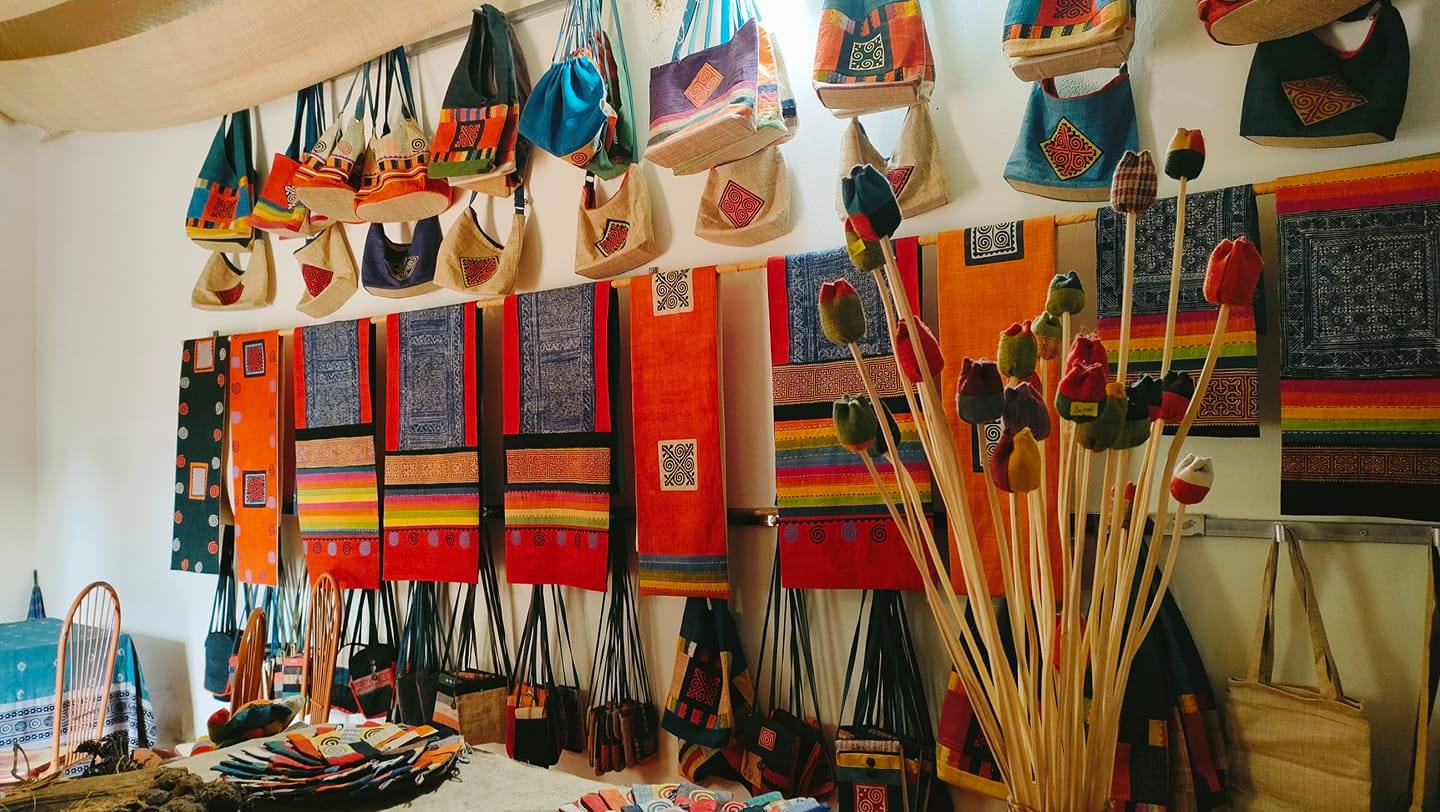
Lung Khuy cave & Kho My cave
Lung Khuy Cave is located approximately 3 km from the center of Quan Ba district, sharing its name with the beautiful Lung Khuy village of the Mong ethnic people. Lung Khuy Cave was formed millions of years ago, making it one of the most stunning caves in the karst plateau. With a length of up to 1000 meters, this cave features a spacious interior and a relatively high ceiling. While the entrance to the cave is relatively small, only about 1.5 meters in height, stepping inside will leave you in awe of the splendid scenery created by countless stalactites in various shapes, stimulating the imagination.
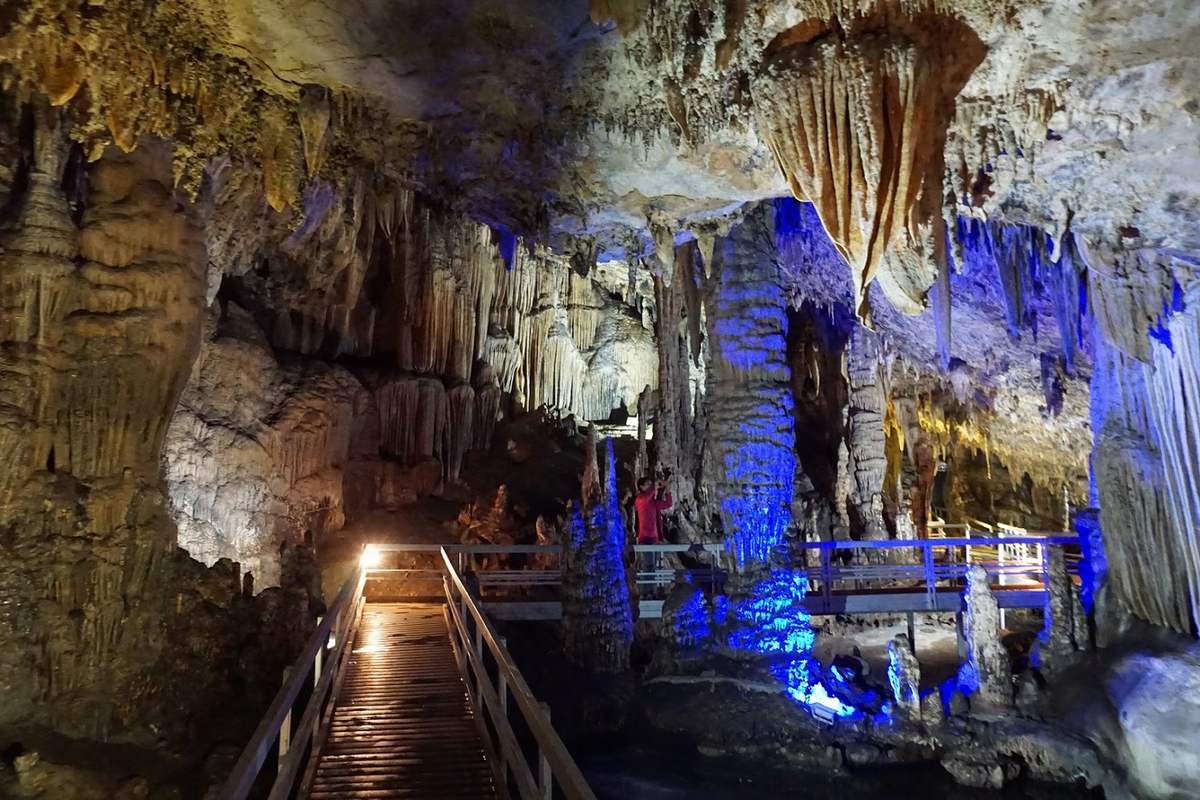
Kho My Cave, renowned for its stalactite columns and centuries-old limestone slabs, always exerts a special charm to those who come to explore. The cave system resembles a miniature ecosystem, and witnessing the magnificent creations of nature here is an extraordinary and fascinating experience that will leave you with a sense of wonder and delight.
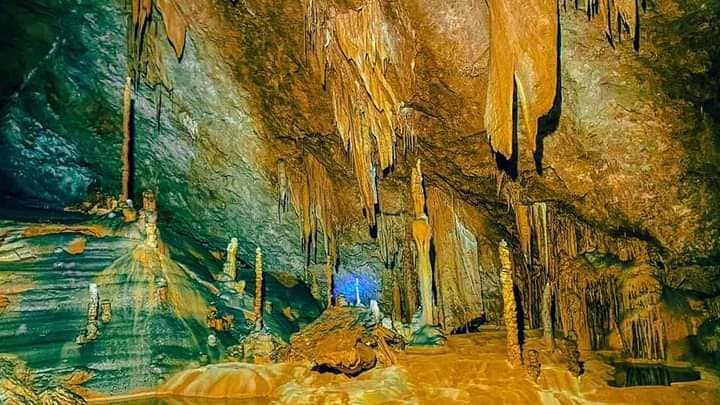
Local markets
Outdoor markets are essential when it comes to the mountainous provinces in Vietnam. You can come across these markets almost anywhere in the Northwest. Unlike markets in other regions, highland markets aren’t just a place for trading but it’s a place for people to meet, catch up and have fun. Sometimes, the men and women just come here for a chat, to share a cup of wine and enjoy a hearty meal, rather than to just purchase.
The Quan Ba market takes place every Sunday. Although the market here may not boast as many goods as those in other areas, it exudes a unique charm. In the district, primarily inhabited by ethnic groups such as Tay, Mong, Dao, Lo Lo, Nung, and La Chi, the Quan Ba market appears simple and rustic. Each stall is just a small makeshift structure constructed with wood, bamboo, thatch, or simply a piece of fabric laid out on the ground for the vendor to sit on and display items. Yet, the market is always bustling.
People exchange and trade various practical items such as plows, sickles, and knives for agricultural activities. Additionally, they sell many specialties like wild pigs, hill chickens, stream fish, wild vegetables, banana blossoms, corn wine, and more. Visitors can buy colorful headscarves or intricately patterned hemp bags as souvenirs or have a taste of local delicacies and savor a cup of corn wine. A section of the market is dedicated to selling livestock and poultry, and it is usually the noisiest. These animals are often kept in bamboo or thatch cages, or even tied with a rope around their necks for easy supervision.
There are also other local markets in Quan Ba if you’re not in town on a Sunday:
- Local market in Tam Son town on Saturday mornings
- Cao Ta Tung Market, held every Friday
- Tung Vai Market, held once every 5 days
- Bat Dai Son Market, close to the border with China (along with Nghia Thuan Market)
- Quyet Tien Market on Saturday mornings
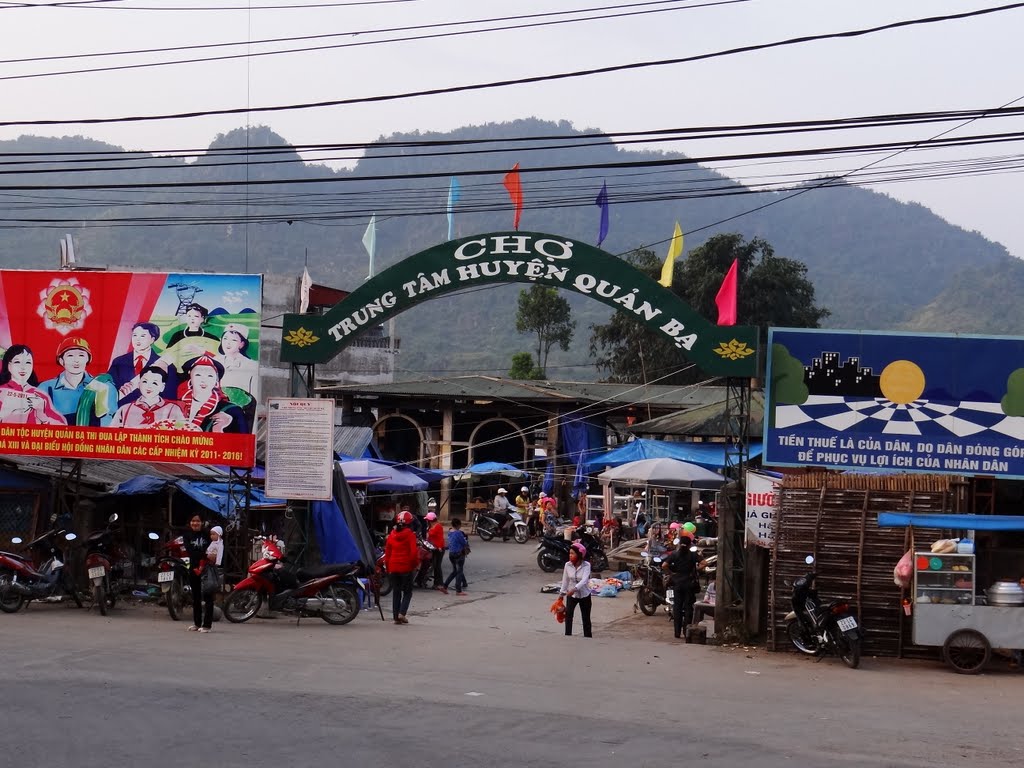
Where to stay in Quan Ba
Tourism in Ha Giang is steadily growing, and the accommodation options in Quan Ba are quite diverse. The central area of Quan Ba offers many hotels and budget-friendly guesthouses for you to choose from, such as Tam Son Hotel, 567 Hotel, etc. If you have the means, you can explore the H'mong Village resort. The resort is elegantly designed, combining traditional and modern architecture. Each house is intricately modeled after the characteristic “quẩy tấu”, a basket weaved from bamboo that the H’mong wear on their backs.
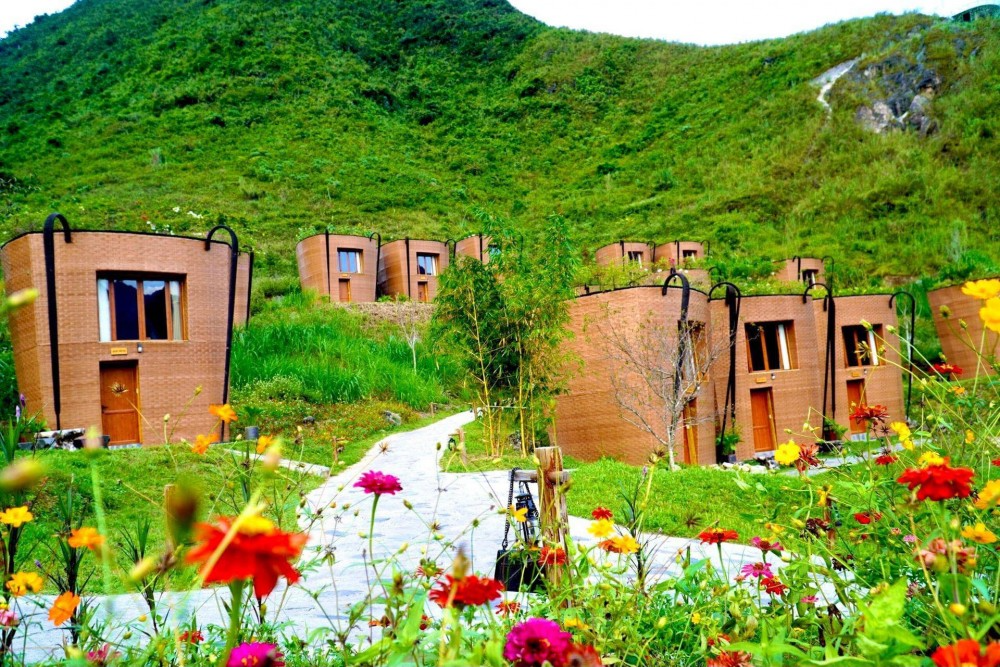
If you want to immerse yourself in the lives of the local ethnic communities, you can choose homestays such as Hong Thu Homestay, Dao Lodge Homestay, Ly Danh Homestay, Ly Chuong Homestay, Quan House Stilt Homestay, etc.
Conclusion
Before we forget, here are some tips before visiting Quan Ba. Prepare comfortable clothing and suitable shoes, especially if you’re planning to go trekking. If you're visiting in the winter, bring a warm jacket, gloves, and a scarf as the weather in Quan Ba is often colder than in the plains. Additionally, it's essential to pack some personal medical supplies such as cold medicine, insect repellent, pain relievers, antibiotics, and something to help with motion sickness just in case. And voilà, we hope this was helpful. Have a wonderful visit to Quan Ba!




.jpg)


